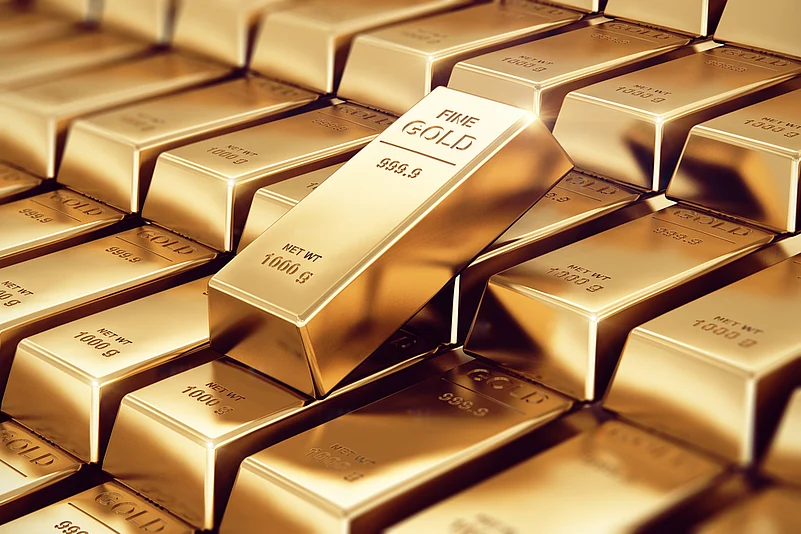Mumbai: On its opening day, India’s first bullion index - Bulldex - traded 2,650 lots worth Rs 215.10 crore.
The Multi Commodity Exchange of India (MCX), which started in 2003 as India’s first listed commodity derivatives exchanges, launched the country’s first bullion index, Bulldex, on August 24, 2020. With gold and silver as underlying commodities, the index is expected to bring better price recovery for the retail investors.
“MCX iCOMDEX Bullion Index Futures contracts expiring in September 2020, October 2020 and November 2020 will be available for trading. The contracts for further expiries will be launched as per the enclosed contract launch calendar,” the commodity exchange said in a circular.
Advertisement
With the global gold demand down by 6 per cent for the first half of year as per the World Gold Council (WGC), investors have progressed from owning physical gold to buying Gold Exchange Traded Fund (ETF) or digital gold and subscribing sovereign gold bonds. A new trend in investing in precious metals as an asset class will emerge with MCX launching its first bullion index.
“Bullion market in India has been going through a transformation as the jewellery demand has been consistently dropping over the last few years but alternate methods of owning or investing in gold have been emerging lately,” says Kishore Narne, Head – Currency & Commodities, Motilal Oswal Financial Services.
Advertisement
Launching of bullion index is definitely a step towards bringing about more transparency in price formation, feel market experts. The Index will track the performance of underlying instruments and act as a benchmark to keep a tab on the performance of other traded instruments in the market. It will start a new phase of standardisation and facilitate tracking the market in a composite way.
“The construction of bullion index considers the physical market size of the commodities and also captures the difference of returns between two expiries. It will also help increase the participation of hedgers, arbitrageurs and institutional players in the markets, who do not want to opt for physical delivery of the asset,” says Sugandha Sachdeva, VP- Metals, Energy & Currency Research, Religare Broking.
Gold has been considered as a safe haven during periods of economic and political uncertainty. Concerns over weak global economic outlook due to the outbreak of coronavirus, have made investors rush for safety in gold. Prevailing low bank rates is another reason for investors to park their money in a non-interest yielding asset like gold.
“Even though gold’s fundamental outlook is still strong there are chances of profit booking as it seems to be capped near the psychological level of $2,000 an ounce. Due to its special appeal as a safe haven in stress, gold’s demand continues to be on the higher side,” explains Hareesh V, Head of Commodity Research at Geojit Financial Services.
Advertisement
Going forward this would give a unique opportunity to all retail investors, funds and wealth managers to invest not only in gold but also in silver. “For jewellers, refiners and other hedgers the wider inclusion of financial players would bring enhanced liquidity to the underlying futures contracts and make it easier to hedge the price risk on the exchange,” says Narne.
Also, this would make it easier for investors to get exposure in the precious metal and it is most cost-effective compared to owning physical gold or silver. “For ETF holders this index brings the opportunity to get exposure in silver as well where there are no ETF to invest in,” adds Narne.















 Just one email a week
Just one email a week